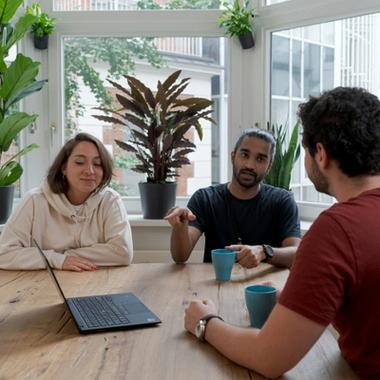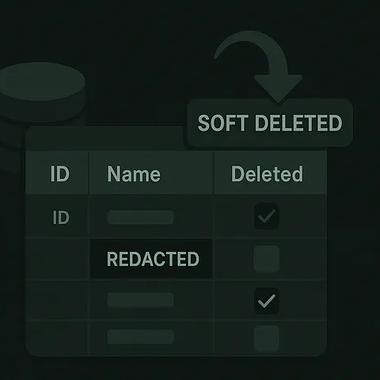So you have an idea; the kind of idea that can absolutely transform the way you do business. One that’s germinating and evolving in your brain with each passing second, sending sparks of excitement through every nerve ending in your body because it’s just. that. good.
But what do you do next? How do you breathe life and colour into that idea and make it something tangible?
Actually, the real question isn’t how do you turn that dream into a reality, but rather how do you do it right? And is the solution an app or something else entirely?







